
Let’s get this out of the way… Dry fly fishing is better, but often it is just a rare treat for many California anglers. In speaking with many of my customers I noticed a common theme of using tapered leaders to set up their indicator rigs. I don’t want to say it’s wrong… but there is a more effective method on how to set up and indicator rig.
Let’s first cover why I don’t like using tapered leaders in my indicator rig. The current pushes the thicker part more than the thinner part. This is compounded by the fact that the water current is faster near the surface than at the bottom. This results in your flies being pulled down stream. While the benefits of this include strike detection it not a dead drift.
So, Check out the diagram above for my preferred method of setting up indicator rigs. You will notice:
- Adjustability is key! In a addition to adding and removing weight I am constantly changing the positioning of my indicator to suit the water that I am fishing.
- I use progressively lighter tippet. In theory, when you snag on your bottom fly you should only loose that section.
- Finally that everything below the indicator is fluorocarbon and above is mono. This is because Fluoro sinks while Mono floats.
Now lets cover what each section of an indicator rig does so you can learn how to adjust based on your needs:
- 20lb mono : this section serves two purposes 1st. It puts distance in between your fly line and the indicator. When you mend you will be less likely to move your indicator ensuring that you don’t pull you flies out of the zone. It also serves as a runner for your indicator when you need to get really deep. If you are not a poor fly shop owner use a 7.5 ft 3x leader and cut the tippet back 2 feet. The important thing is that you put your indicator just above the knot between 1 & 2. This setting should be set for the average depth you want to fish.
- 4’-7’ of 3x : I try to set this for what I think the average depth of water I will be fishing is. I’ve heard so many people say that the you should set this for 1.5 times the water depth, but sometimes you want to fish areas than on the bottom. I have found approximately the depth of the water to 1.25 times the depth to be a good length.
- Splitshot : Most people don’t use enough… Don’t be one of those people.
- 8" -24" of 4x : If you are using a light fly this will control how high your fly floats up from your split shot. Conversely if you are using a heavy fly this will control how much deeper your fly will sink than your split shot.
- 8" -24" of 5x : If you are using a light fly this will control how high your fly floats up from your first fly. Conversely if you are using a heavy fly this will control how much deeper your fly will sink than your first fly .
I hope this helps! If you have any questions or need to buy some of this stuff call me : 415-483-2278
Read more
Let’s first start with the question, “When is it time to clean my fly line?” Well, I clean mine any time my floating line starts sinking. If you want to be proactive, every 4-5 uses is a good rul...
BOOK SIGNING : STOP BY TODAY AND MEET BEN TAYLOR 3pm to 6pm @ Lost Coast Outfitters 550 Montgomery (inside Wingtip) Bill Schaadt was one of the most prolific anglers and unique individuals to ever...

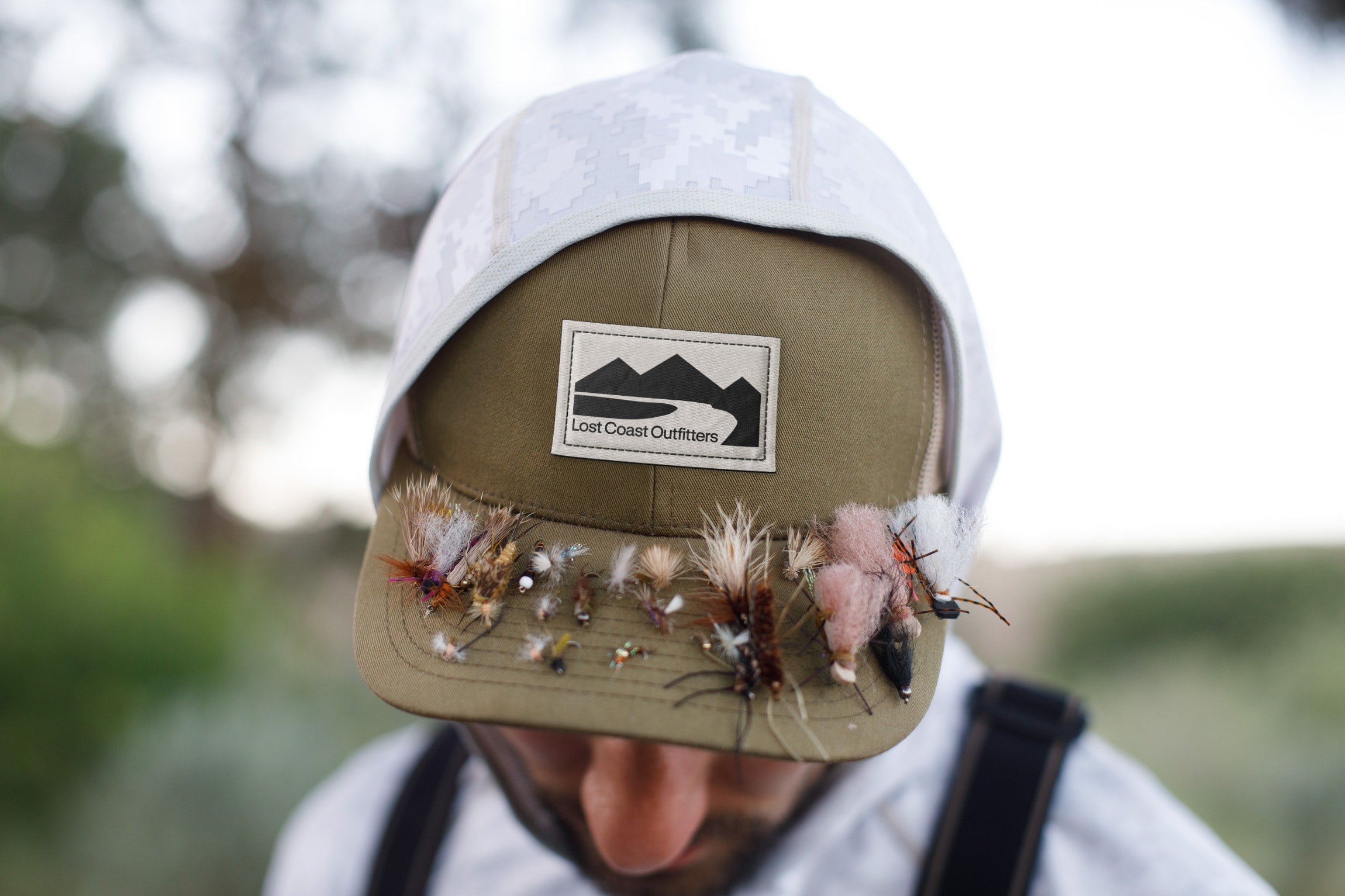
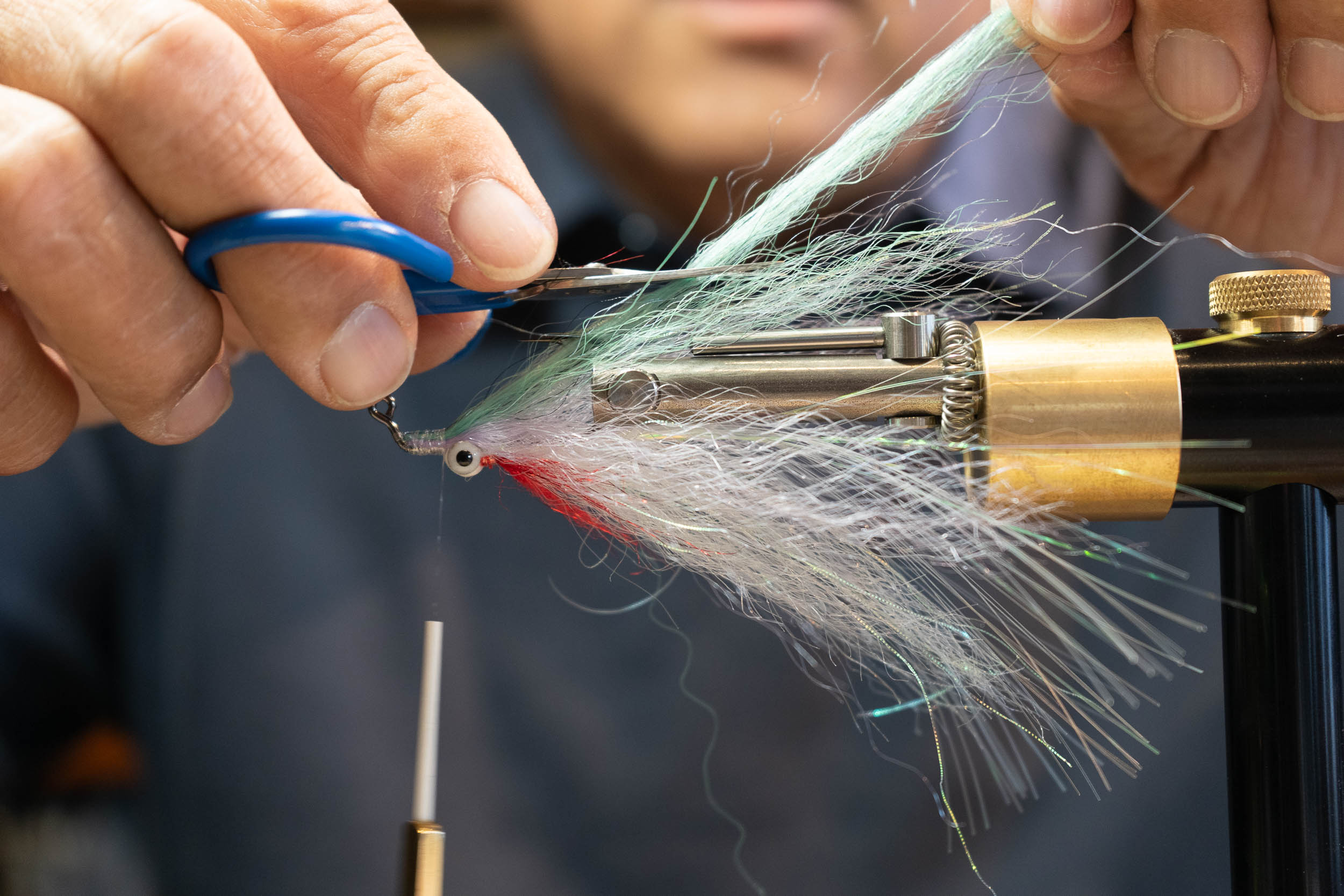
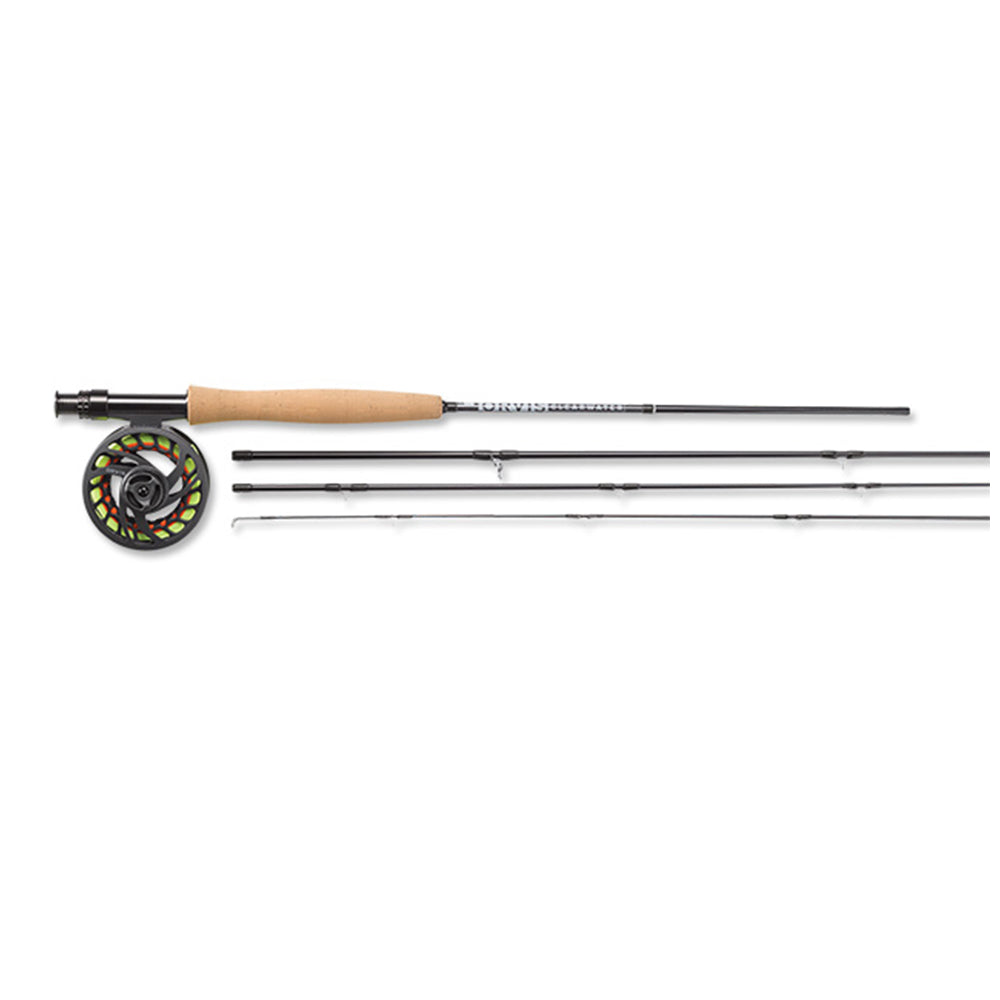
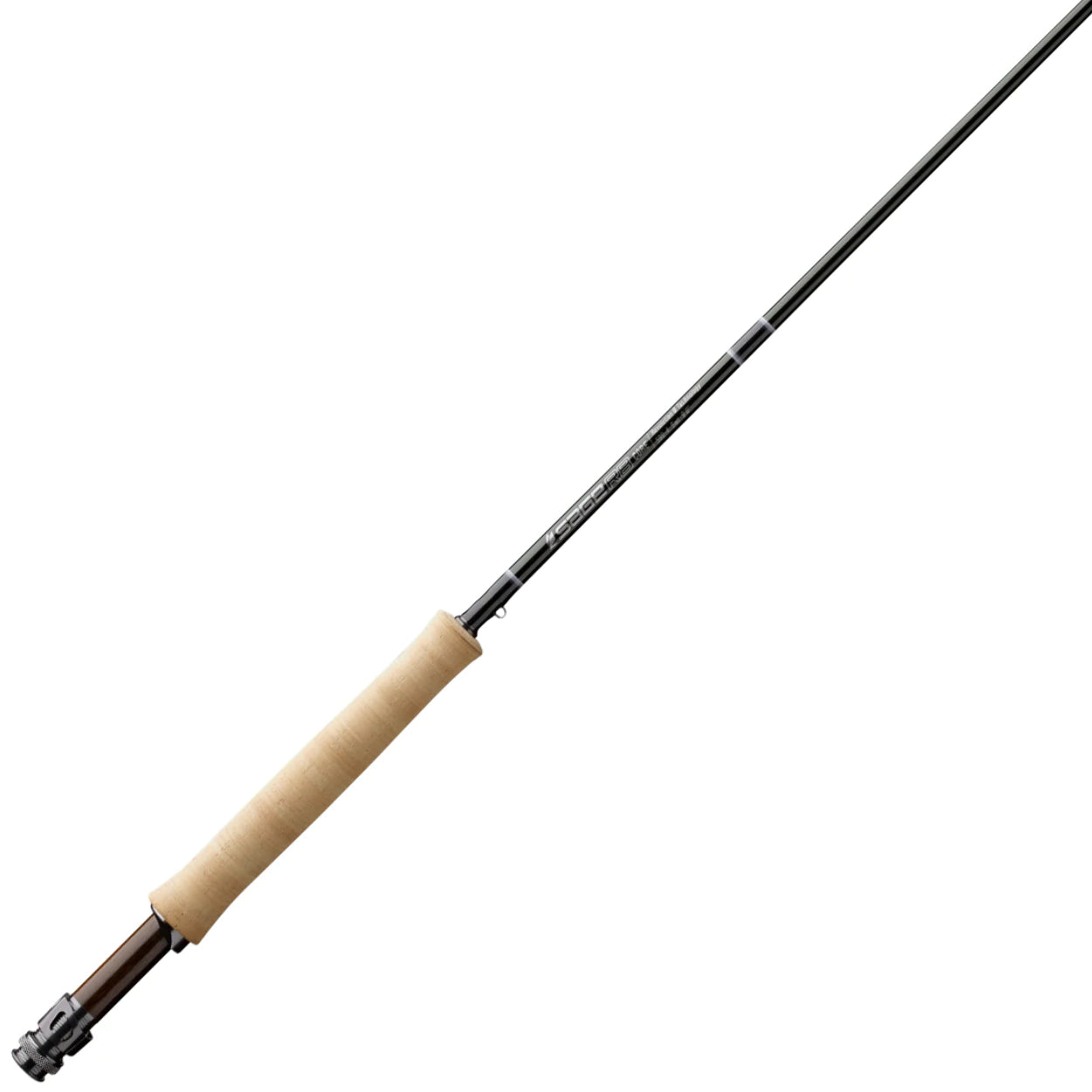
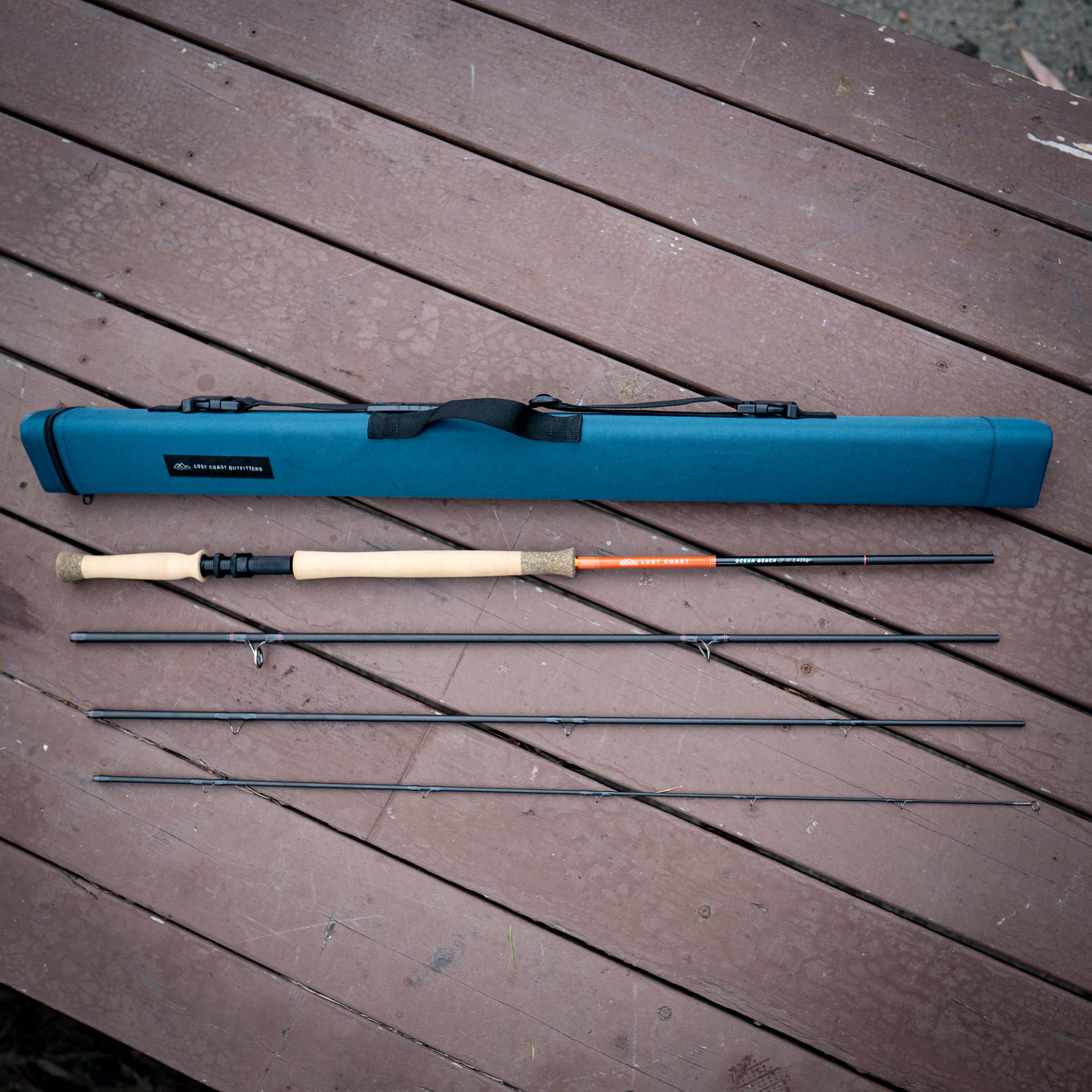

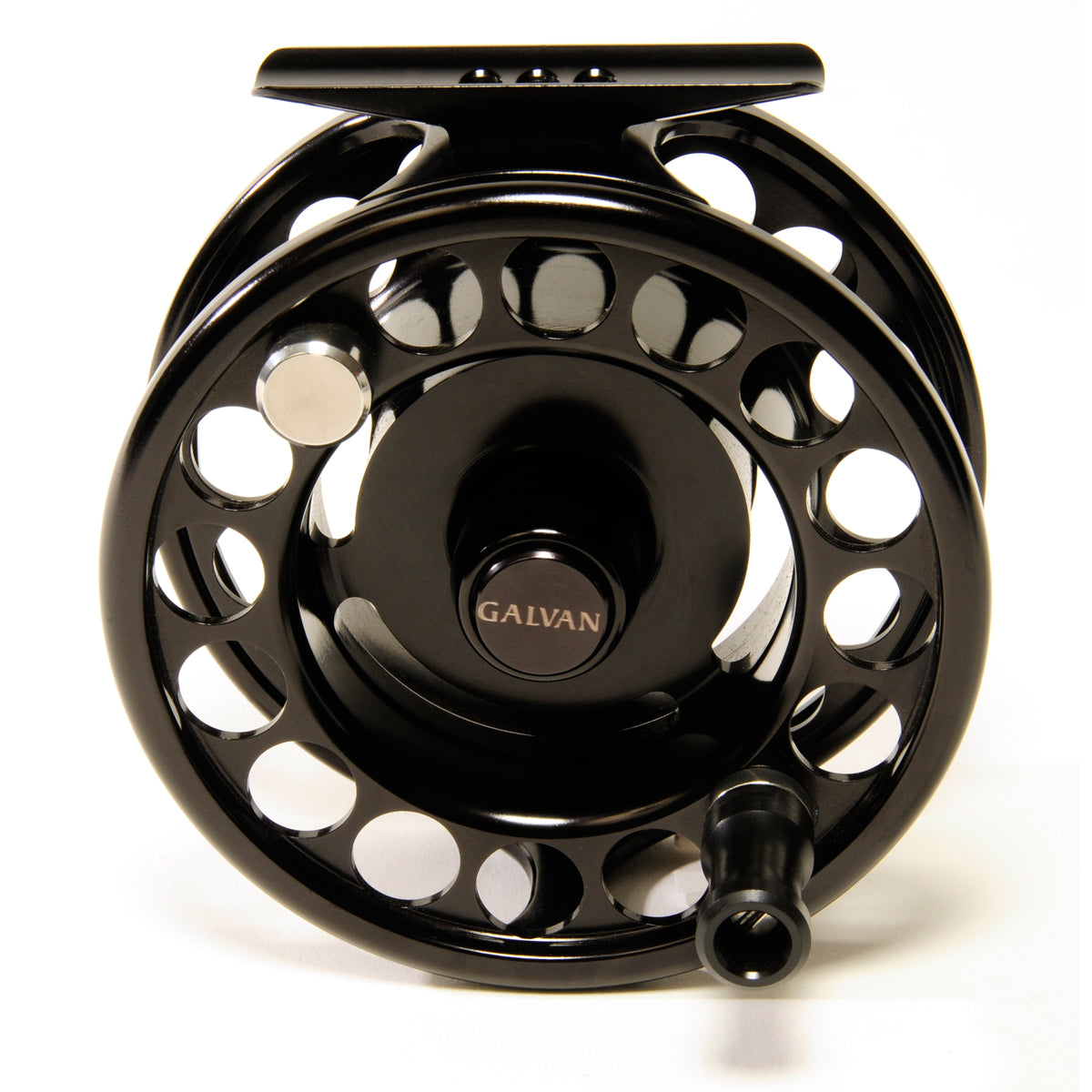
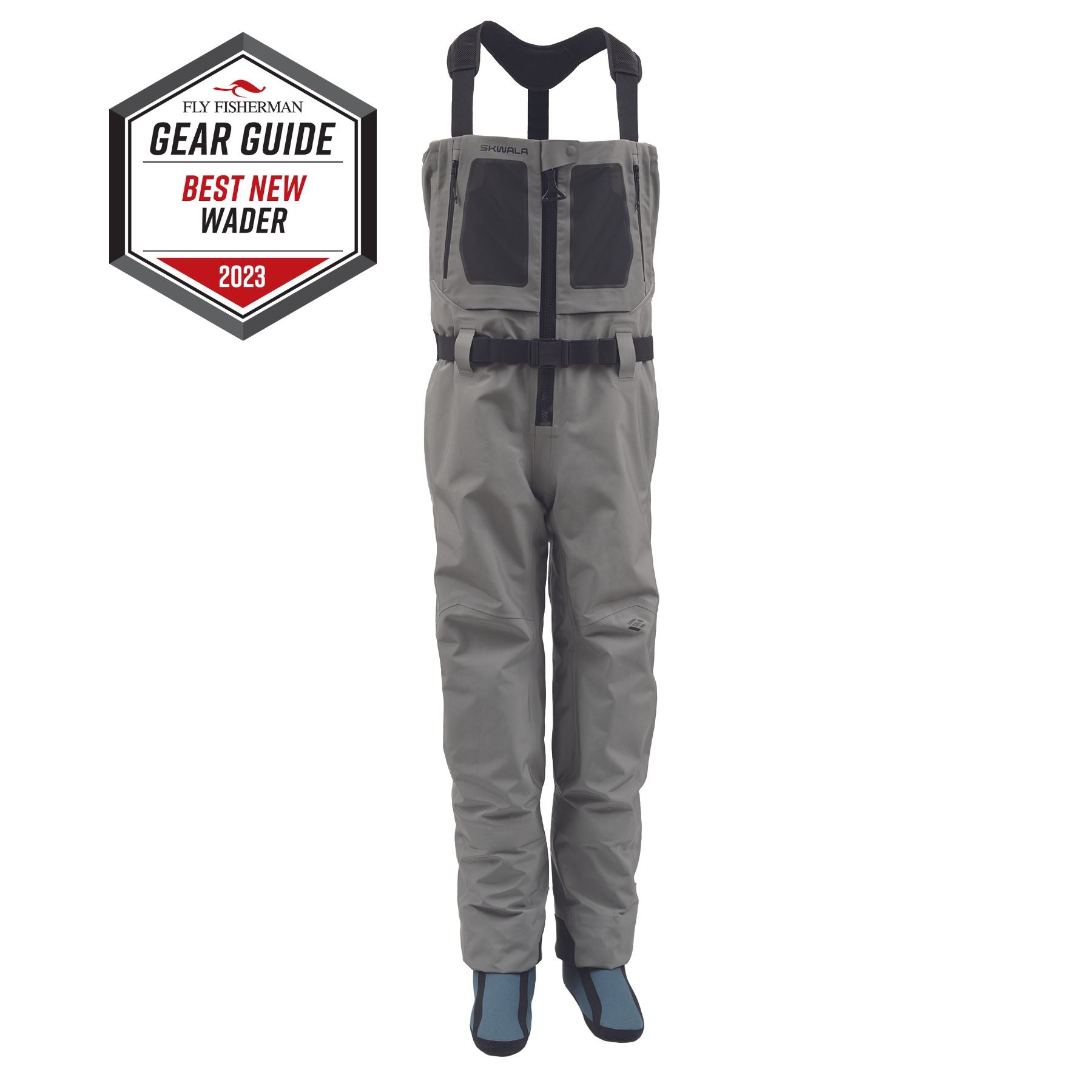
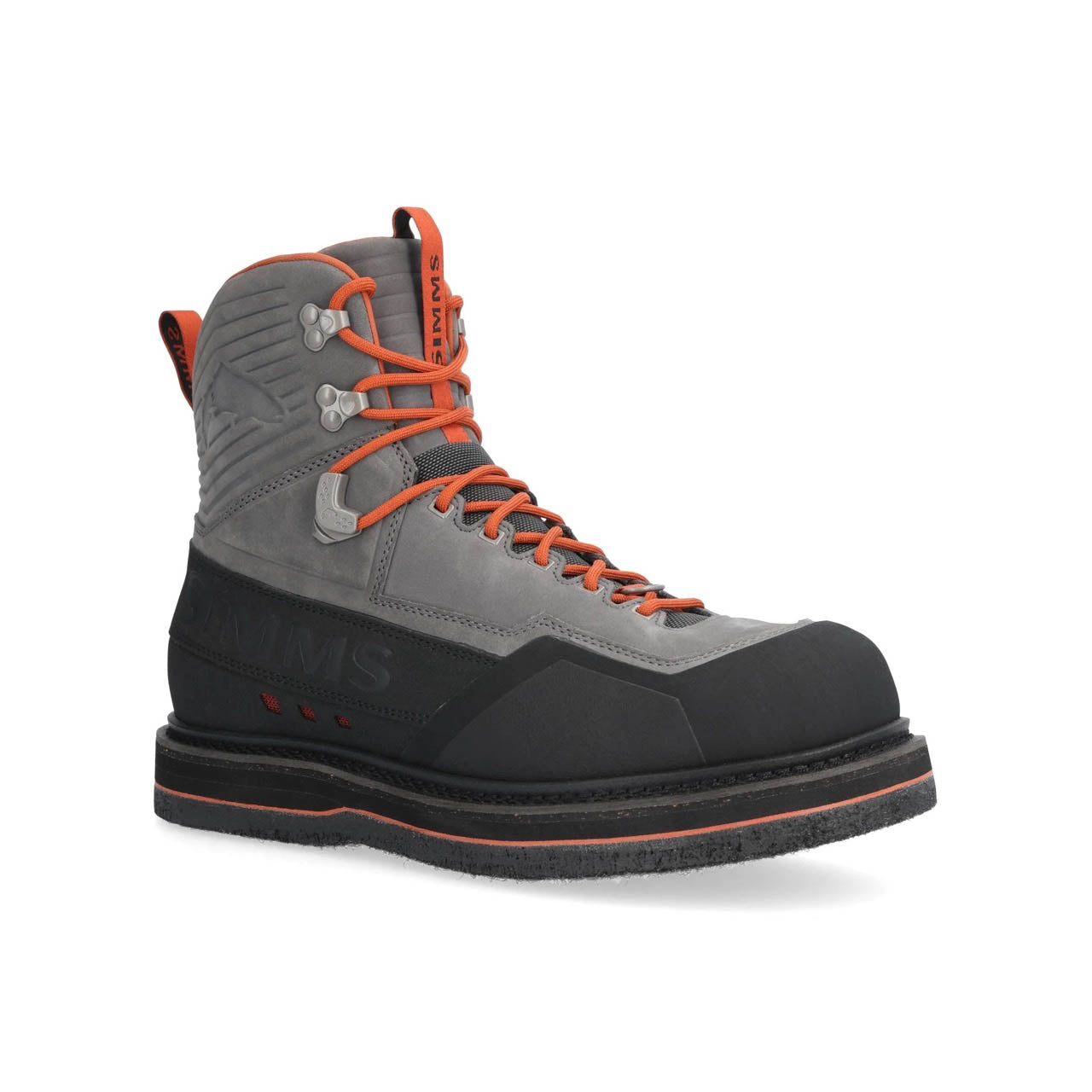
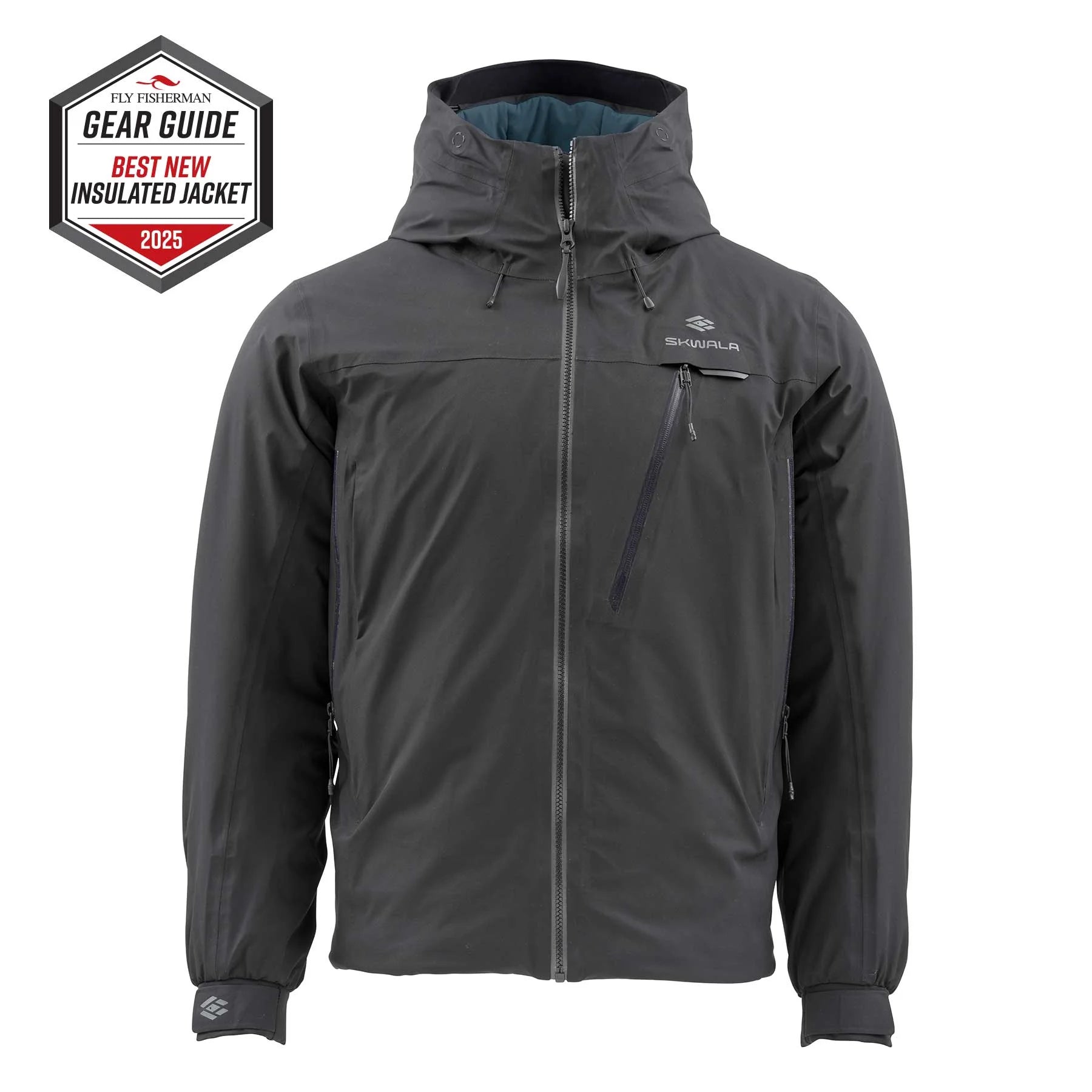
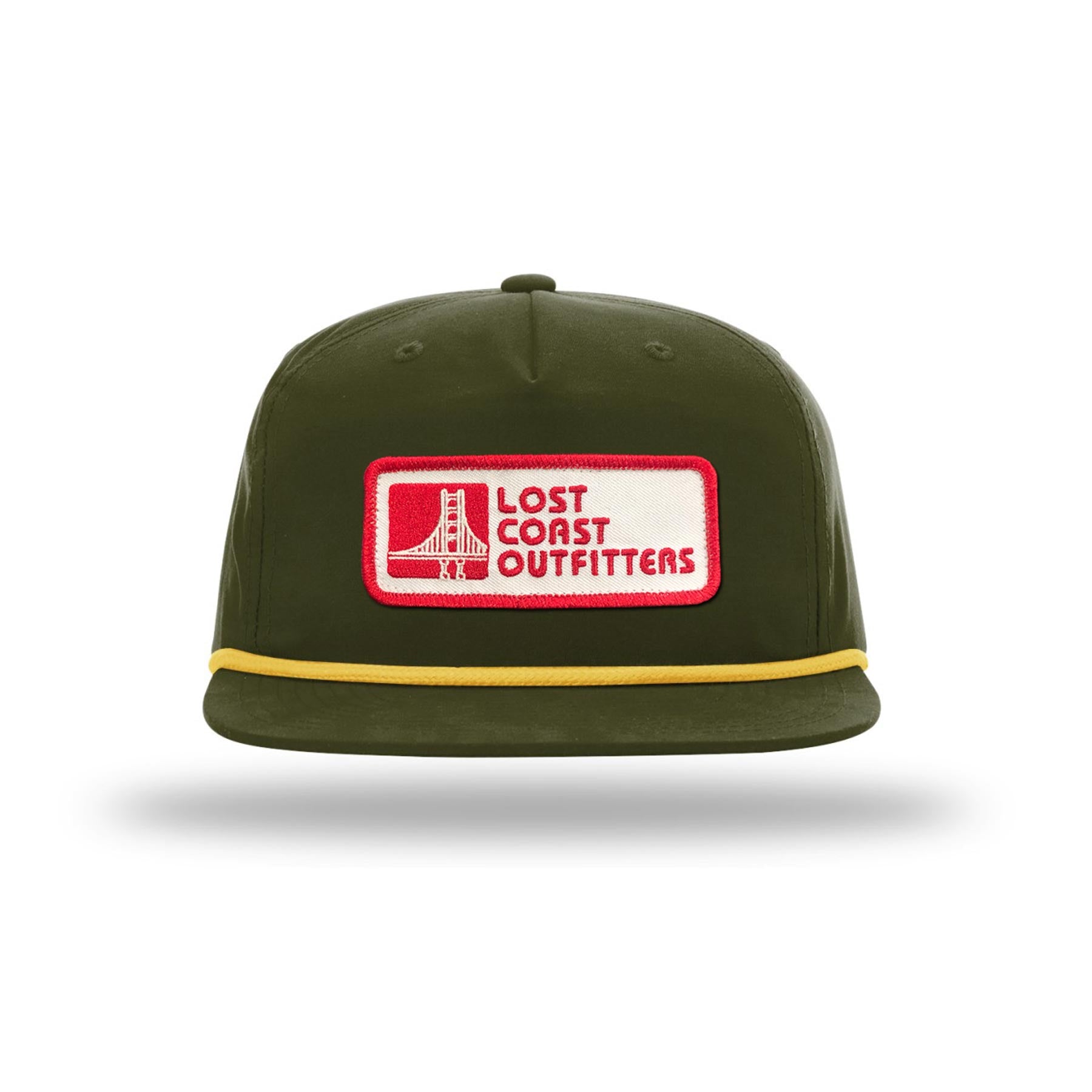
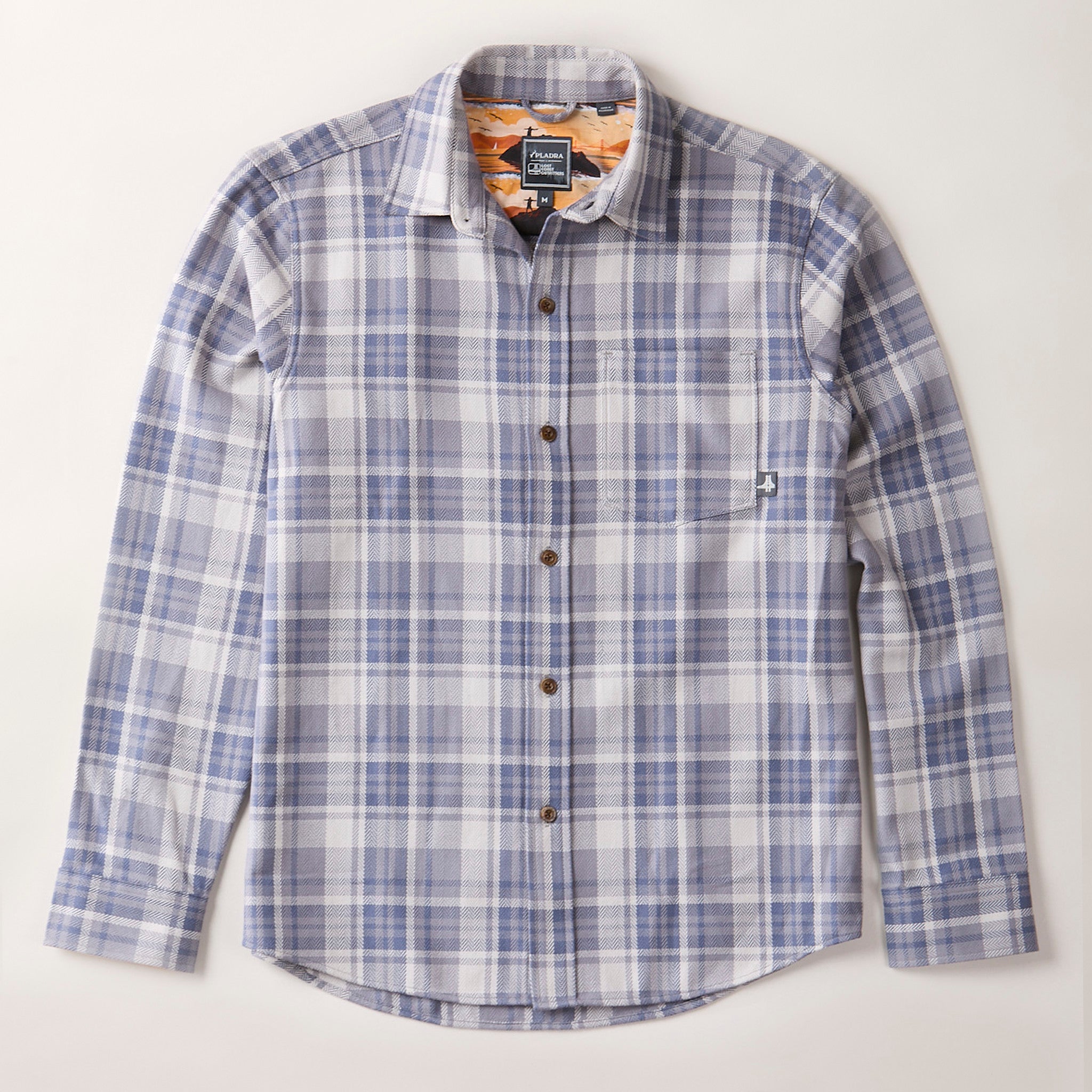
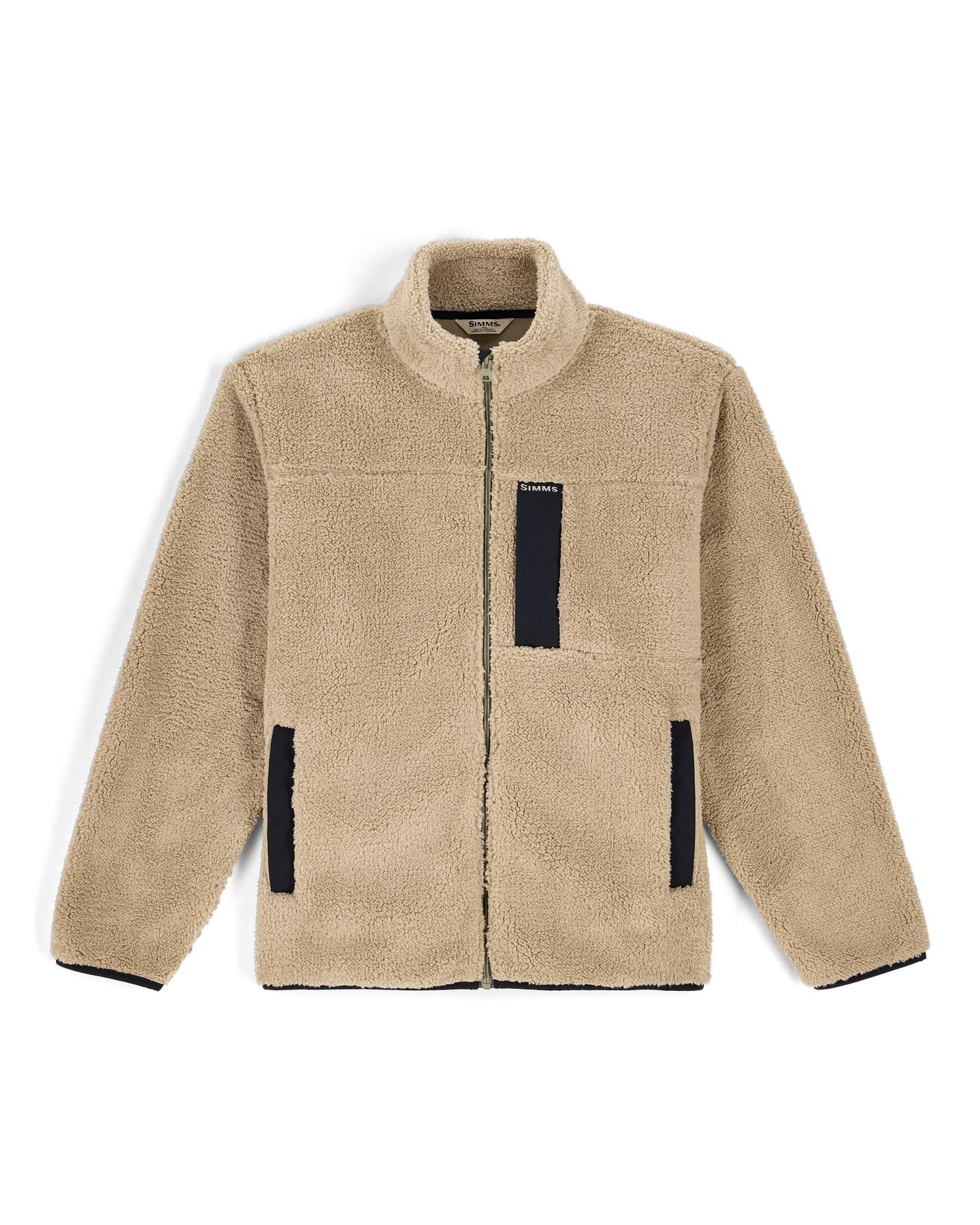
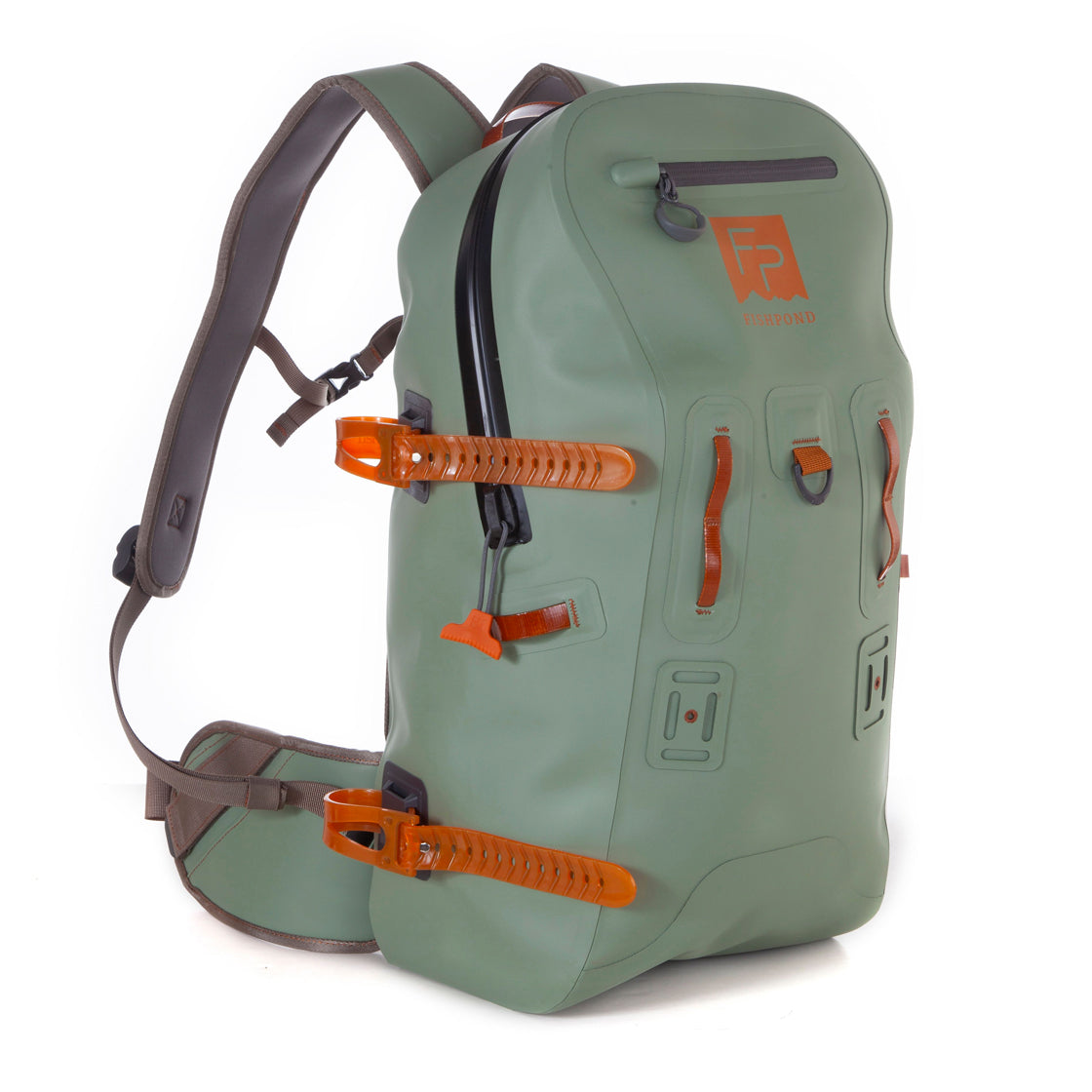
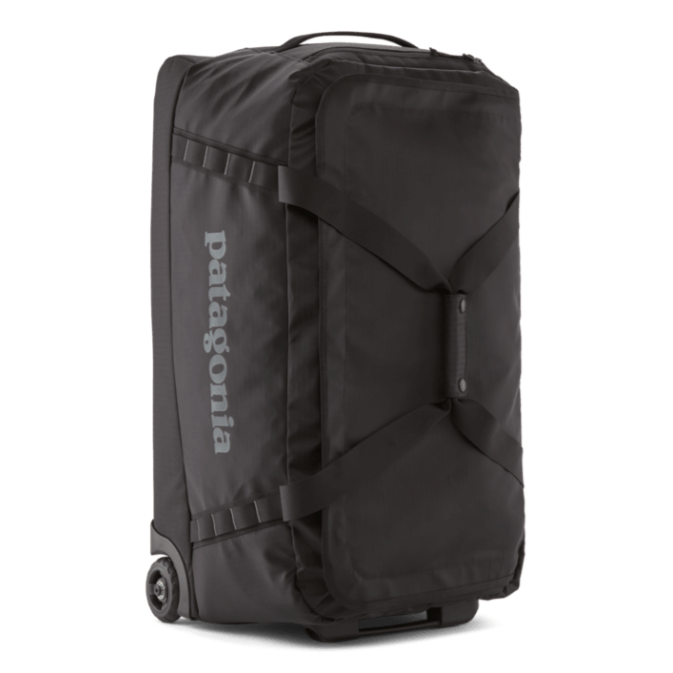
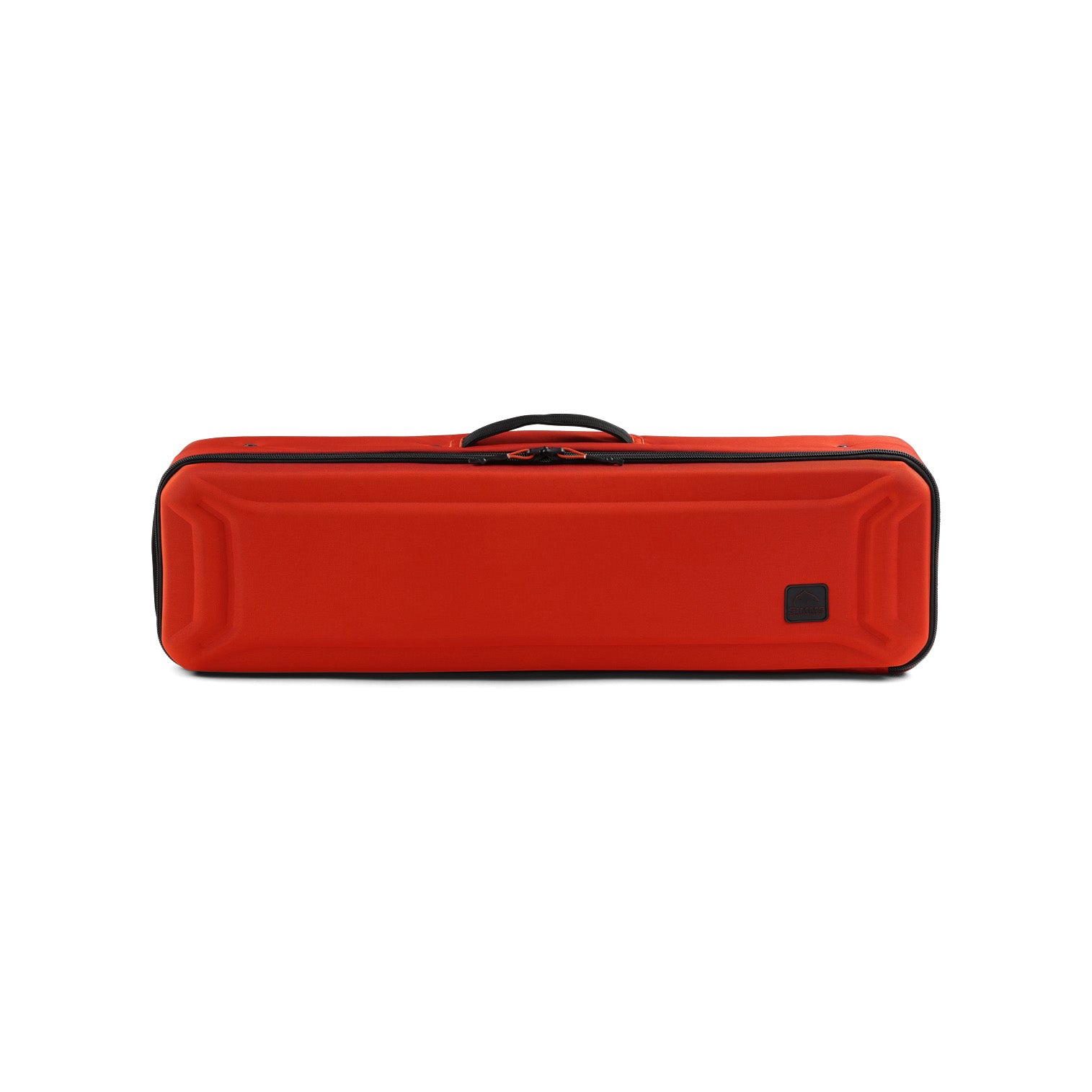
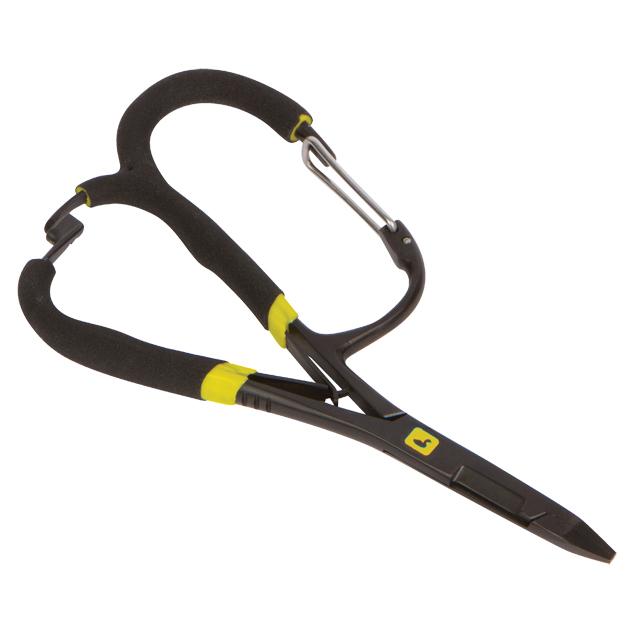
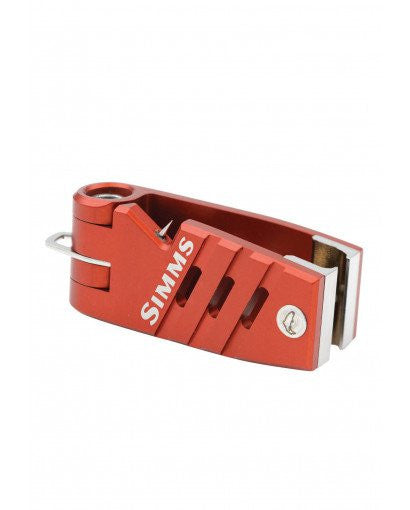
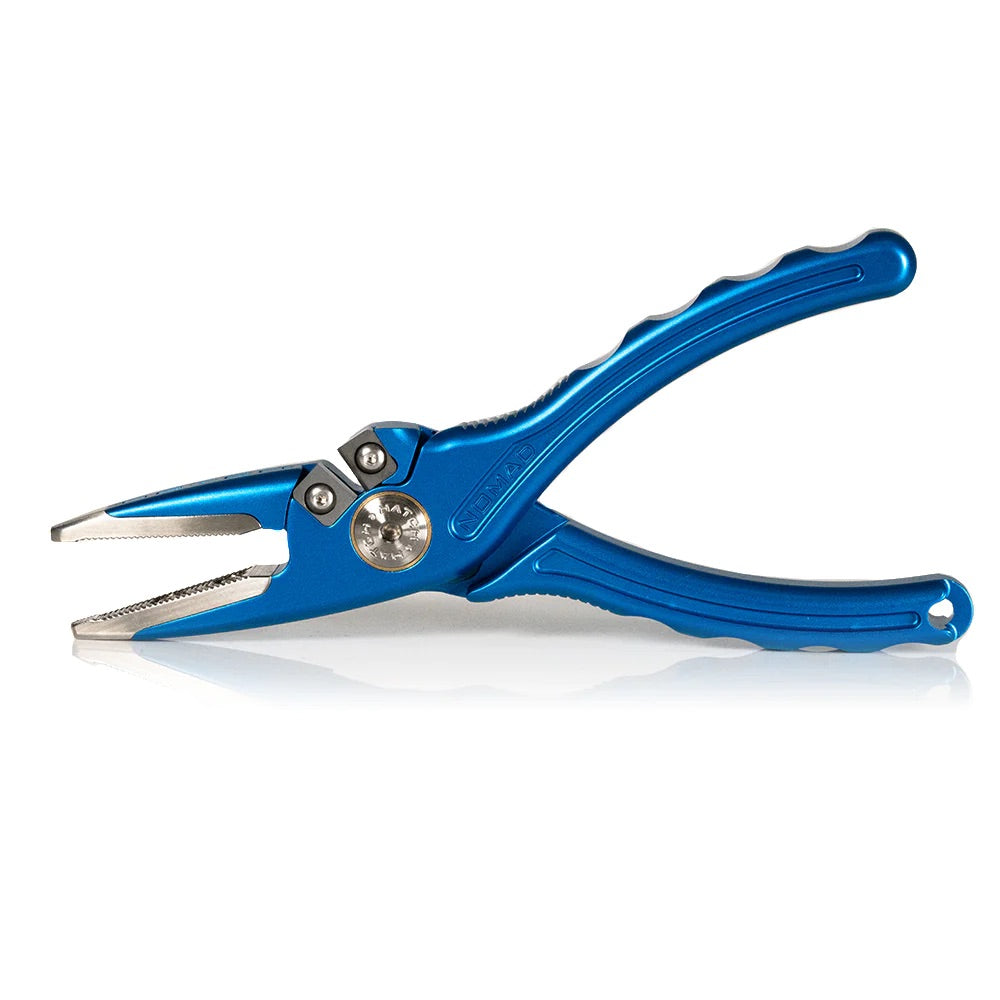
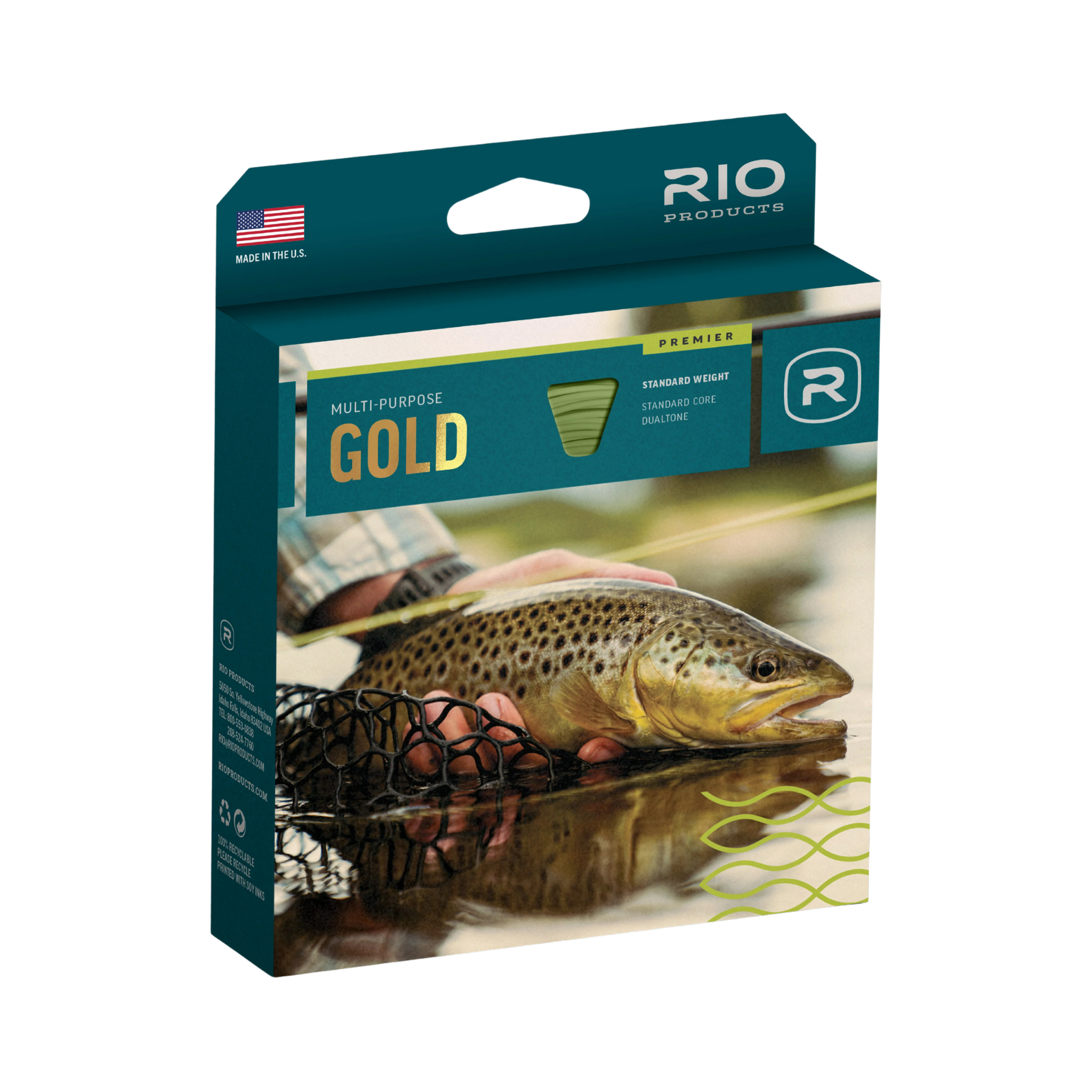
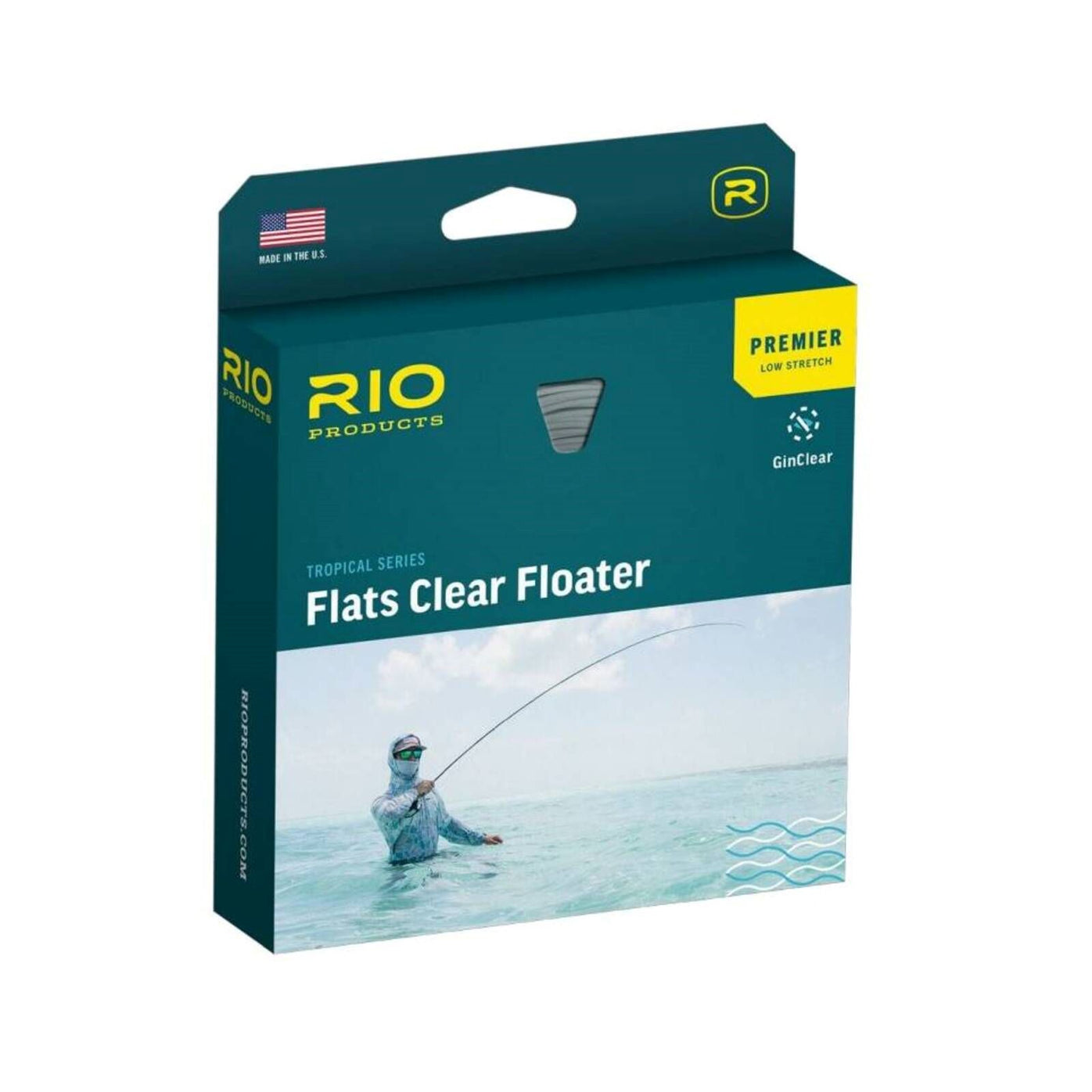
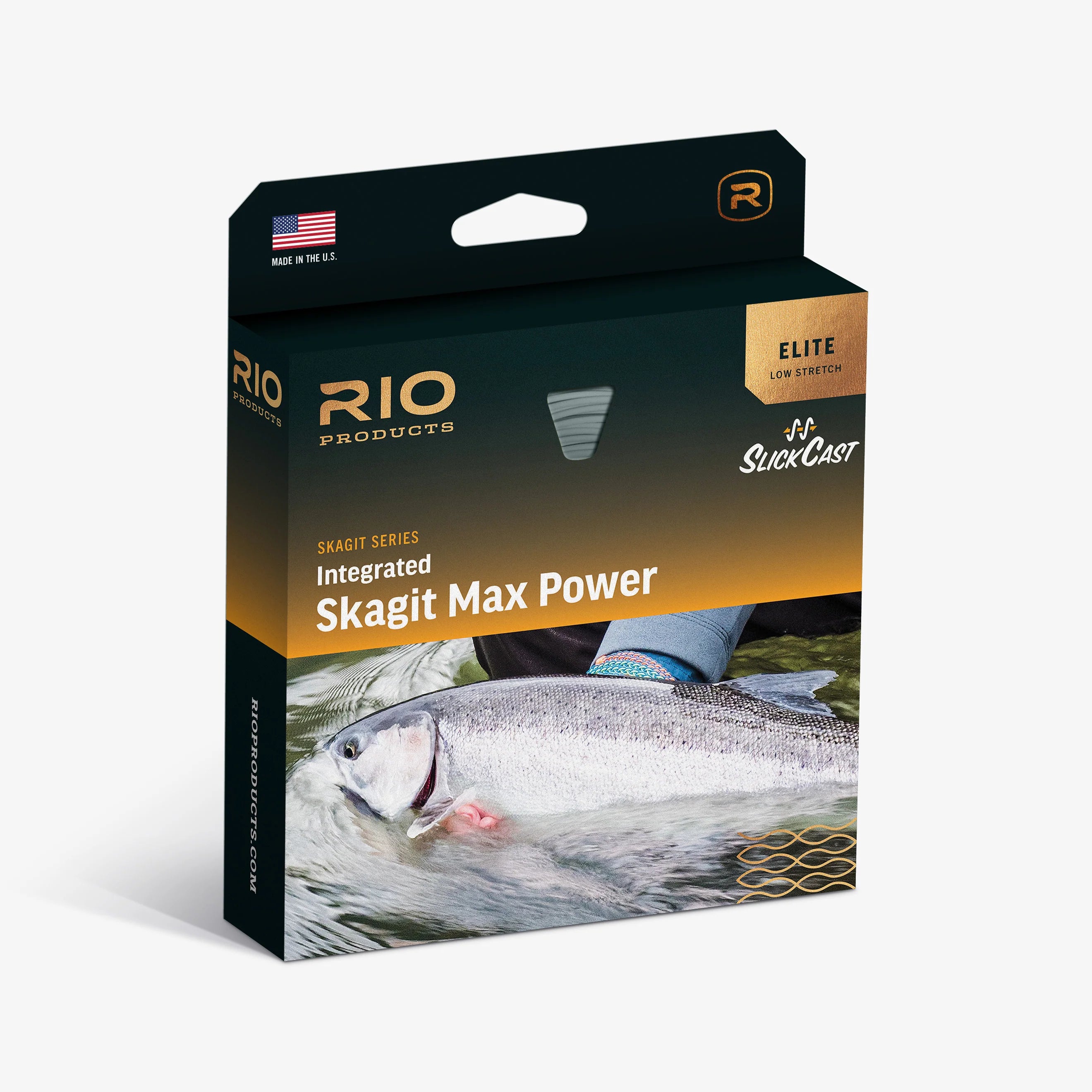
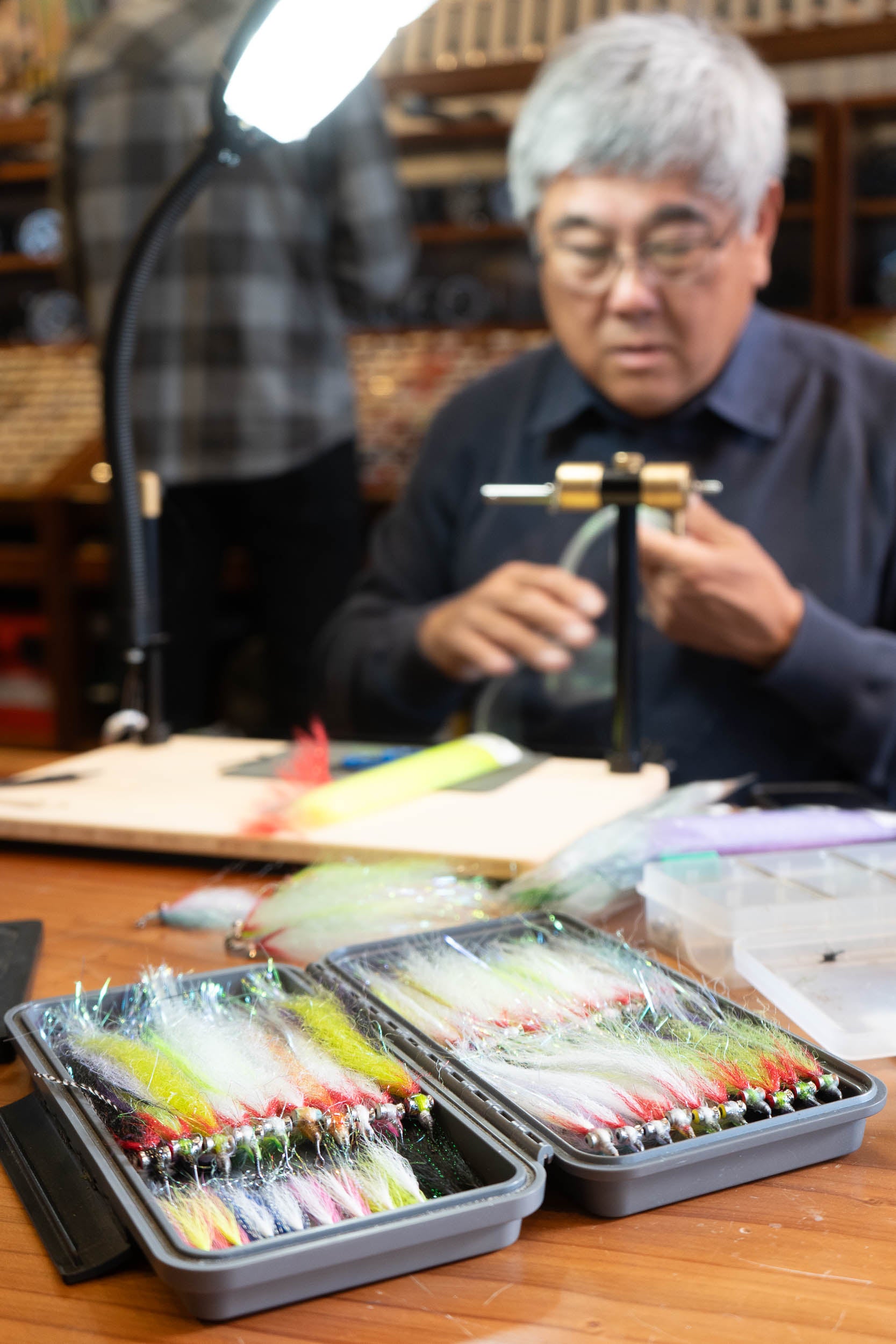
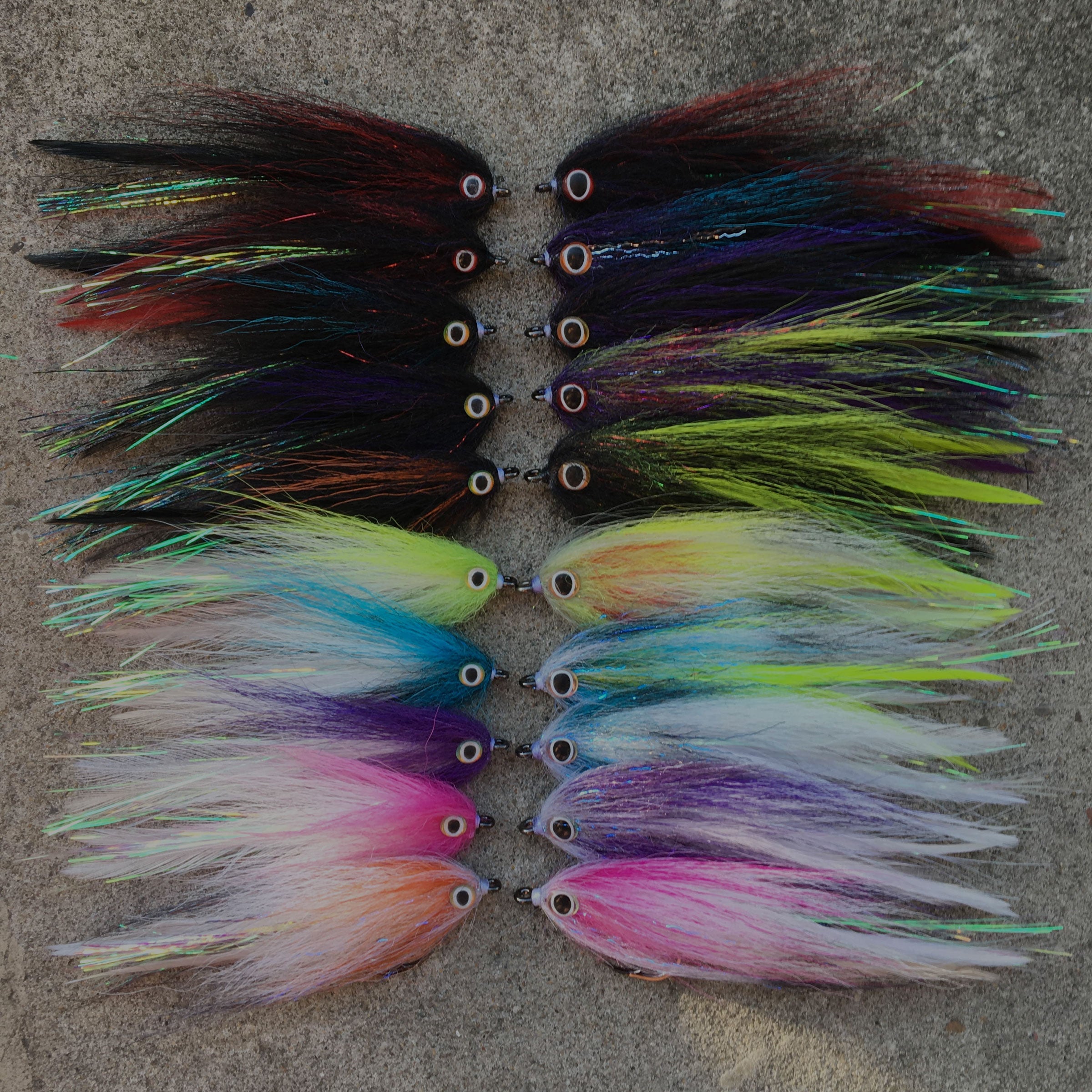
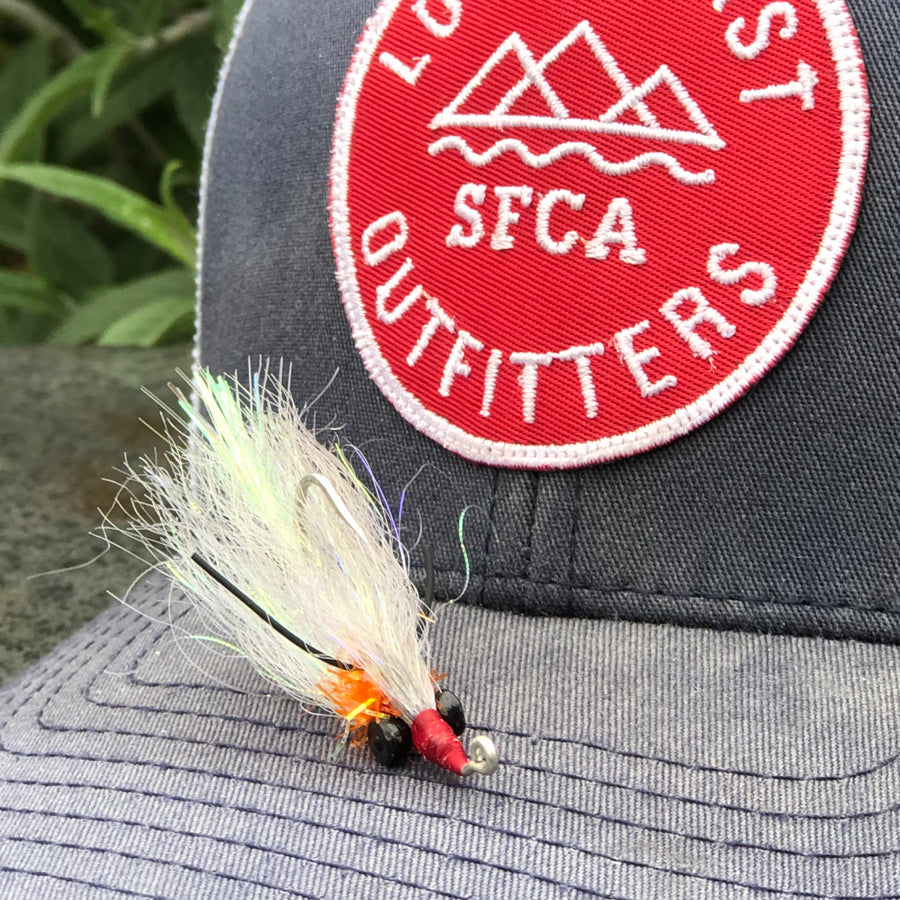

Leave a comment
All comments are moderated before being published.
This site is protected by hCaptcha and the hCaptcha Privacy Policy and Terms of Service apply.